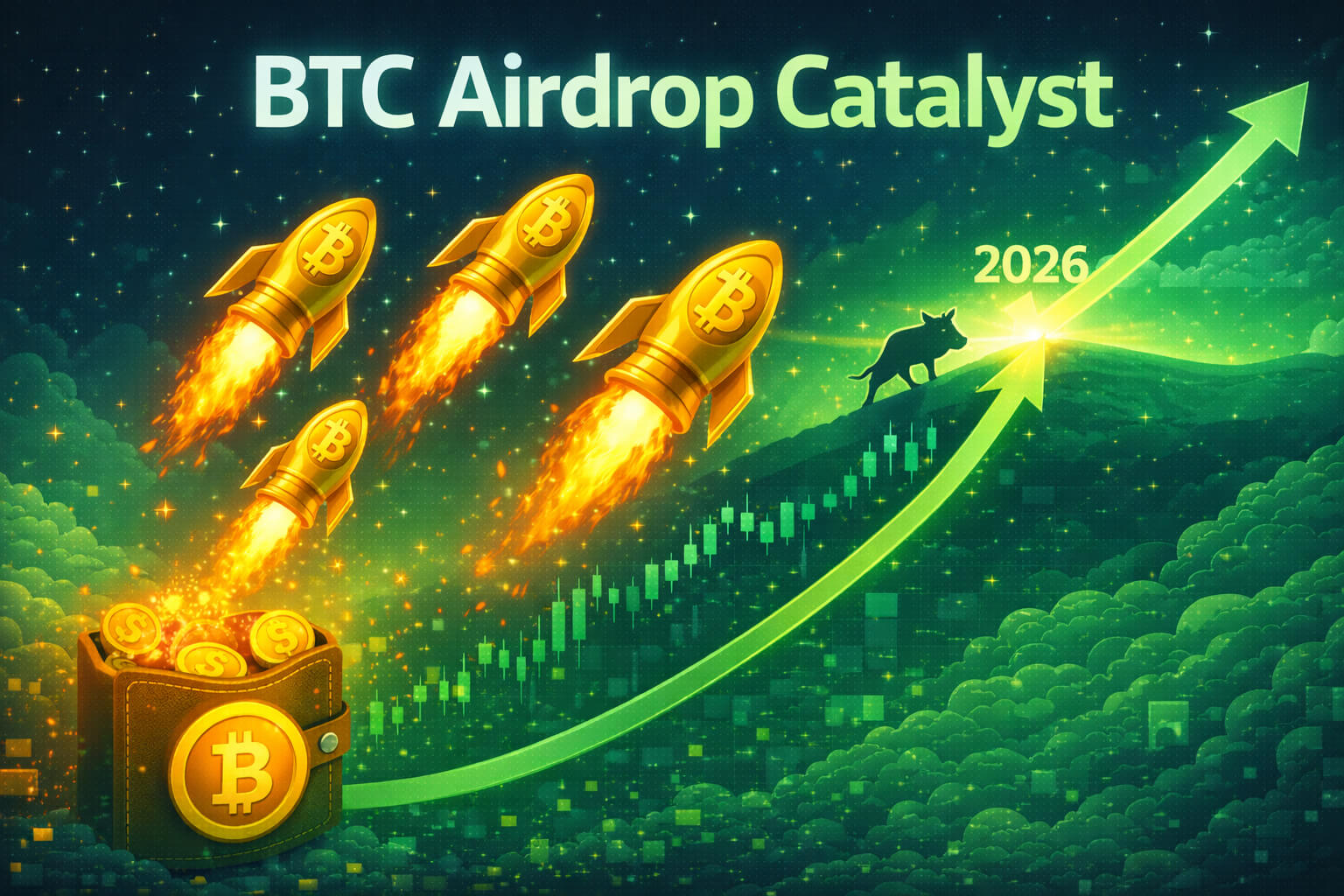1. Introduction: The Rise of Stablecoins in Modern Finance
The financial landscape is undergoing a profound transformation, largely driven by the rise of digital currencies. Among these, stablecoins have emerged as a pivotal element, offering the promise of stability in a volatile cryptocurrency market. Unlike traditional cryptocurrencies such as Bitcoin or Ethereum, which are notorious for their price fluctuations, stablecoins maintain a steady value, typically pegged to a reserve of assets like the U.S. dollar, gold, or a basket of currencies. As the world increasingly embraces digital finance, understanding the role of stablecoins in the future of finance becomes crucial. This article explores how stablecoins revolutionize the financial system, provide stability, facilitate global transactions, and shape the future of the digital economy.
Why Stablecoins Matter:
Stablecoins bridge the gap between traditional finance and digital currencies, offering the benefits of cryptocurrency while mitigating the risks of volatility.
2. What Are Stablecoins? A Brief Overview
2.1 Defining Stablecoins
Stablecoins are a type of cryptocurrency designed to maintain a stable value by being pegged to a reserve asset, such as fiat currency, commodities like gold, or even other cryptocurrencies. This pegging mechanism ensures that the value of a stablecoin remains relatively constant, making it an attractive option for investors and businesses seeking the advantages of digital currencies without the associated risks of price volatility.
- Types of Stablecoins:
- Fiat-Collateralized: Backed by a reserve of fiat currencies like the U.S. dollar (e.g., Tether, USDC).
- Commodity-Collateralized: Pegged to physical assets like gold (e.g., PAX Gold).
- Crypto-Collateralized: Backed by other cryptocurrencies, often over-collateralized to maintain stability (e.g., DAI).
- Algorithmic Stablecoins: Use algorithms to control supply and stabilize price without direct collateral (e.g., TerraUSD).
2.2 The Mechanism Behind Stability
Stablecoins achieve stability through a variety of mechanisms, depending on the type. Fiat-collateralized stablecoins, for example, maintain their value by holding an equivalent amount of fiat currency in reserve. If demand for the stablecoin increases, the issuing entity can mint more coins as long as it has the corresponding fiat reserves. Conversely, if demand decreases, stablecoins can be redeemed for the fiat currency, effectively reducing the supply and maintaining the stablecoin’s value.
Example:
Tether (USDT), one of the most widely used stablecoins, is pegged to the U.S. dollar, meaning that for every USDT in circulation, there is an equivalent U.S. dollar held in reserve. This ensures that the value of USDT remains close to $1.
3. The Role of Stablecoins in the Future of Finance

3.1 Facilitating Global Transactions
Stablecoins revolutionize global transactions. In a world where cross-border payments are often slow, expensive, and encumbered by intermediaries, stablecoins offer a more efficient and cost-effective alternative. Because stablecoins are digital and operate on blockchain technology, they enable near-instantaneous transfers of value across borders with lower fees compared to traditional financial systems.
- Global Reach:
- Cross-Border Payments: Stablecoins eliminate the need for currency conversion, making cross-border transactions faster and cheaper.
- Financial Inclusion: In regions with limited access to traditional banking, stablecoins provide an accessible means for people to participate in the global economy.
3.2 Enhancing Financial Stability
Stablecoins contribute significantly to financial stability. Traditional cryptocurrencies are highly volatile, which can deter mainstream adoption. However, stablecoins, with their pegged value, offer a more stable alternative for everyday transactions, savings, and investments without the fear of sudden price swings.
- Stability in Volatility:
- Safe Haven: During times of market volatility, investors often turn to stablecoins as a safe haven to protect their assets.
- Daily Use: Stablecoins can be used for routine financial activities like payments, lending, and remittances without the risk of value depreciation.
3.3 Bridging Traditional Finance and Decentralized Finance (DeFi)
Stablecoins play a crucial role in bridging traditional financial systems and the emerging world of decentralized finance (DeFi). In the DeFi ecosystem, stablecoins serve as collateral for loans, in trading pairs on decentralized exchanges, and as a store of value. Their stability makes them essential in DeFi, providing a reliable medium of exchange and unit of account within these decentralized platforms.
- DeFi Integration:
- Lending and Borrowing: Stablecoins are used as collateral in DeFi lending platforms, allowing users to borrow against their holdings.
- Liquidity Pools: In decentralized exchanges, stablecoins are commonly used in liquidity pools, providing traders with stable trading pairs.
3.4 Supporting Central Bank Digital Currencies (CBDCs)
As central banks around the world explore Central Bank Digital Currencies (CBDCs), stablecoins could play a complementary role. While CBDCs represent the digital form of a country’s fiat currency, stablecoins could coexist with CBDCs, offering additional flexibility for digital transactions. Moreover, stablecoins may serve as a model for CBDC development, providing insights into the design, implementation, and potential challenges of digital currencies issued by central banks.
- Complementary Role:
- CBDC Development: Stablecoins can inform and influence the development of CBDCs, providing a blueprint for digital currency implementation.
- Coexistence: Stablecoins and CBDCs could work together to enhance financial inclusion and streamline digital transactions on a global scale.
4. Challenges and Opportunities for Stablecoins
4.1 Regulatory Scrutiny
As stablecoins integrate more deeply into the global financial system, they attract increased regulatory scrutiny. Governments and financial regulators worry about the potential risks stablecoins pose, including financial stability, monetary sovereignty, and consumer protection. Ensuring adequate regulation for stablecoins while fostering innovation remains a critical challenge for the future.
- Regulatory Concerns:
- Financial Stability: Regulators worry that widespread adoption of stablecoins could undermine the stability of traditional financial systems.
- Consumer Protection: There are concerns about the transparency and backing of stablecoins, particularly those not fully collateralized by fiat reserves.
4.2 Technological Advancements
Technological advancements will shape the future of stablecoins. Innovations in blockchain technology, smart contracts, and interoperability between different blockchain networks will enhance the functionality and utility of stablecoins. These advancements will open new opportunities for stablecoins in a wider range of financial applications, from micropayments to complex financial instruments.
- Technological Innovations:
- Interoperability: Future stablecoins may operate seamlessly across multiple blockchain platforms, enhancing their utility in global finance.
- Smart Contracts: The integration of smart contracts with stablecoins could automate complex financial transactions, increasing efficiency and reducing costs.
Conclusion: Stablecoins as the Future of Finance
Stablecoins are poised to transform the future of finance, offering stability, efficiency, and inclusivity in a rapidly evolving digital economy. As the world continues to embrace digital currencies, stablecoins will likely become a cornerstone of global finance, bridging the gap between traditional financial systems and the emerging decentralized financial landscape. Understanding the role of stablecoins and navigating the challenges ahead will be crucial for businesses, investors, and regulators as they shape the future of digital finance.
For more insights and detailed analysis on the future of stablecoins and their impact on finance, explore our Stablecoins in Finance and Cryptocurrency section.
Stay Updated
For the latest updates on stablecoins and their role in the future of finance, follow us on:
Stay informed with the latest strategies and insights in the world of cryptocurrency at FreeCoins24.io.
Special Offer
Ready to explore the potential of stablecoins in your financial strategy? Sign up on Bybit today and take advantage of up to $30,000 in deposit bonuses. Trade securely on a leading platform that understands the importance of stability in digital finance.

















